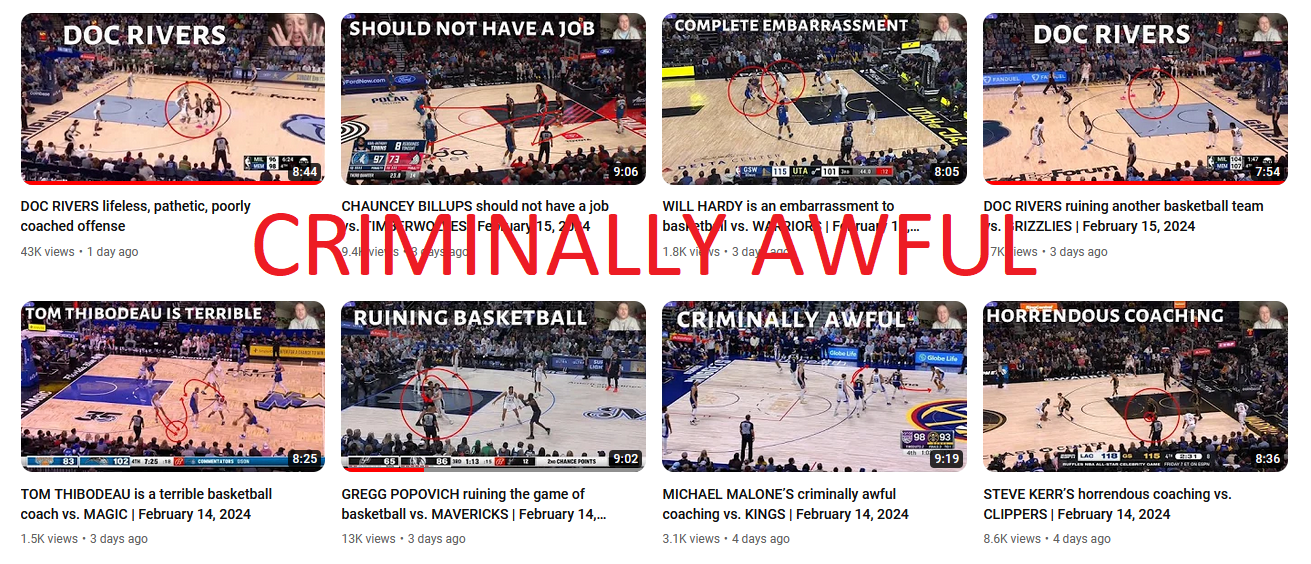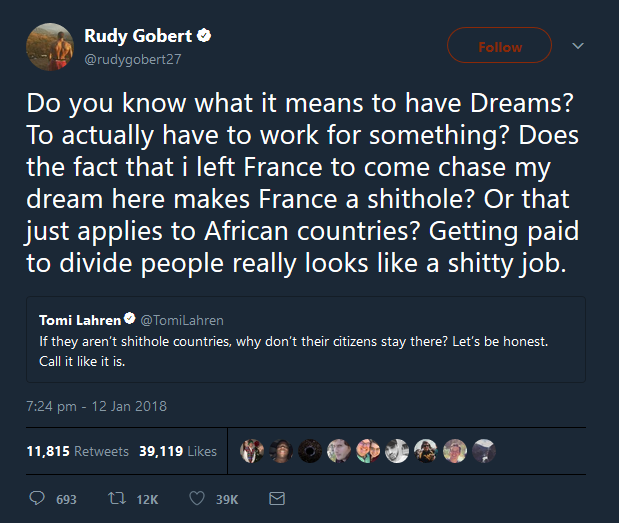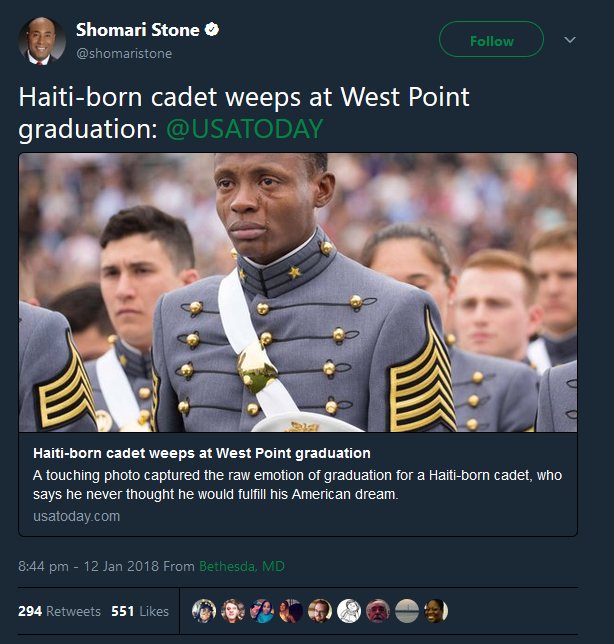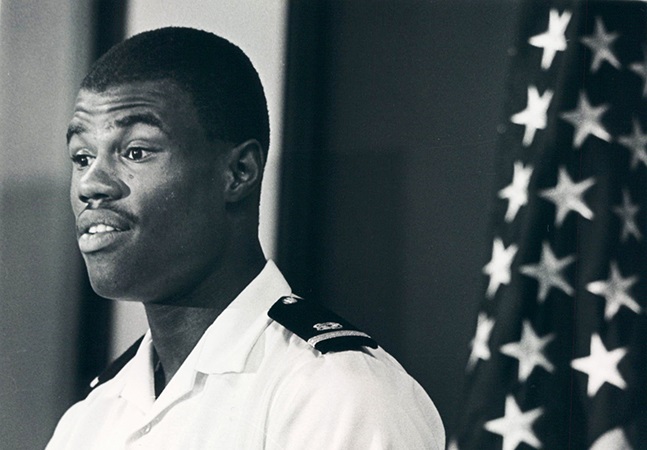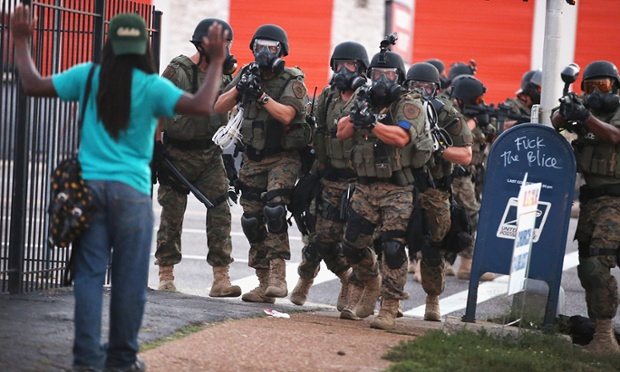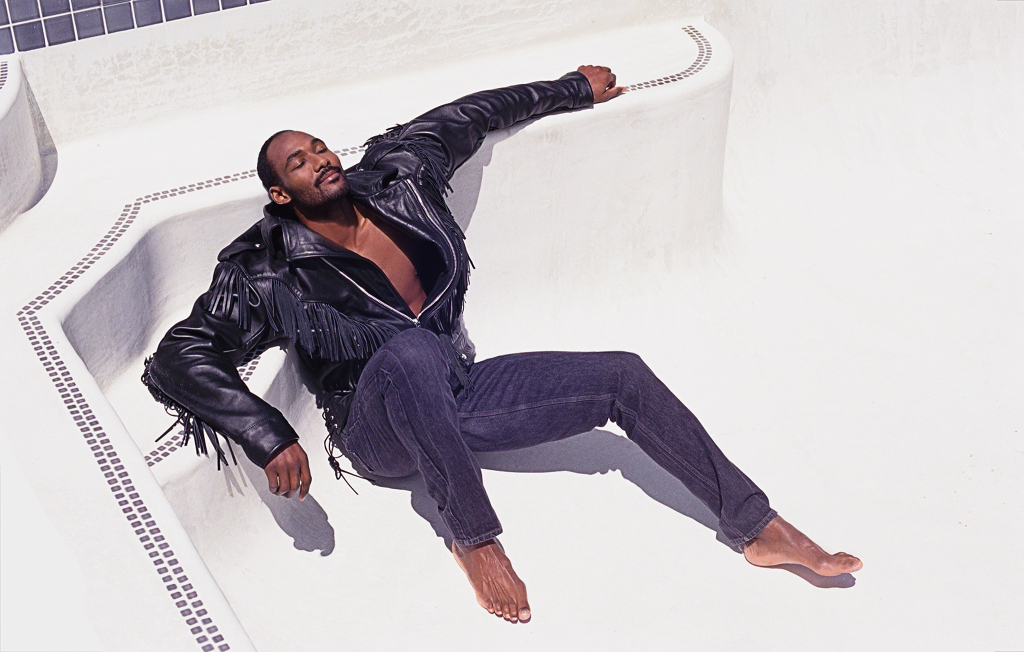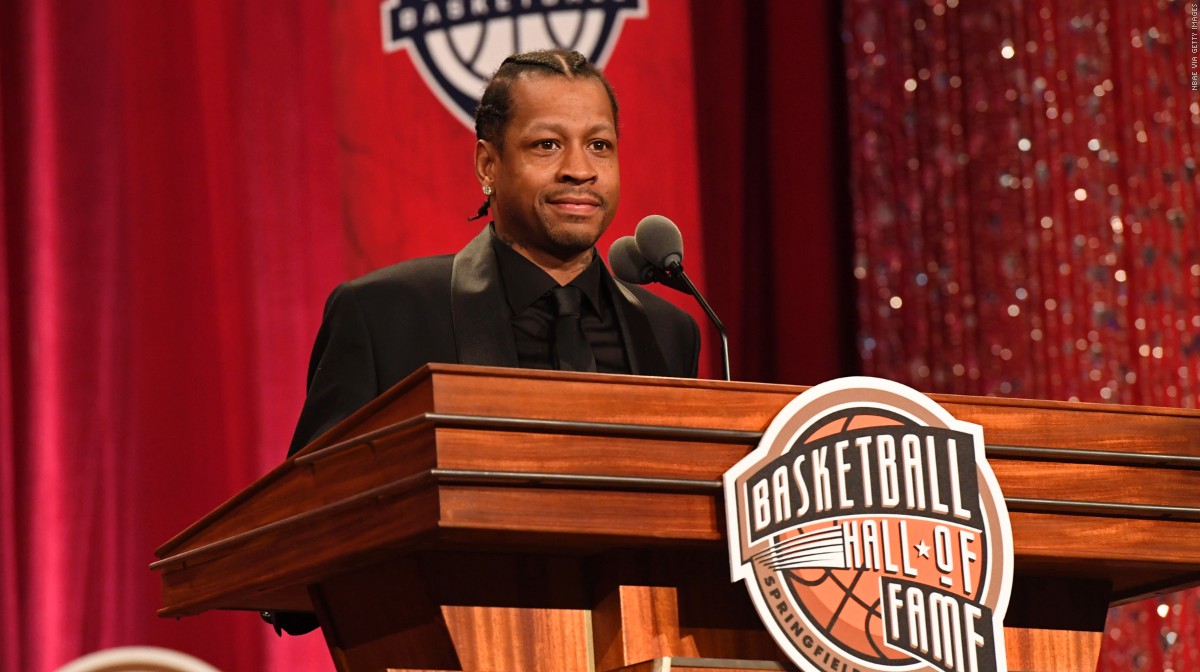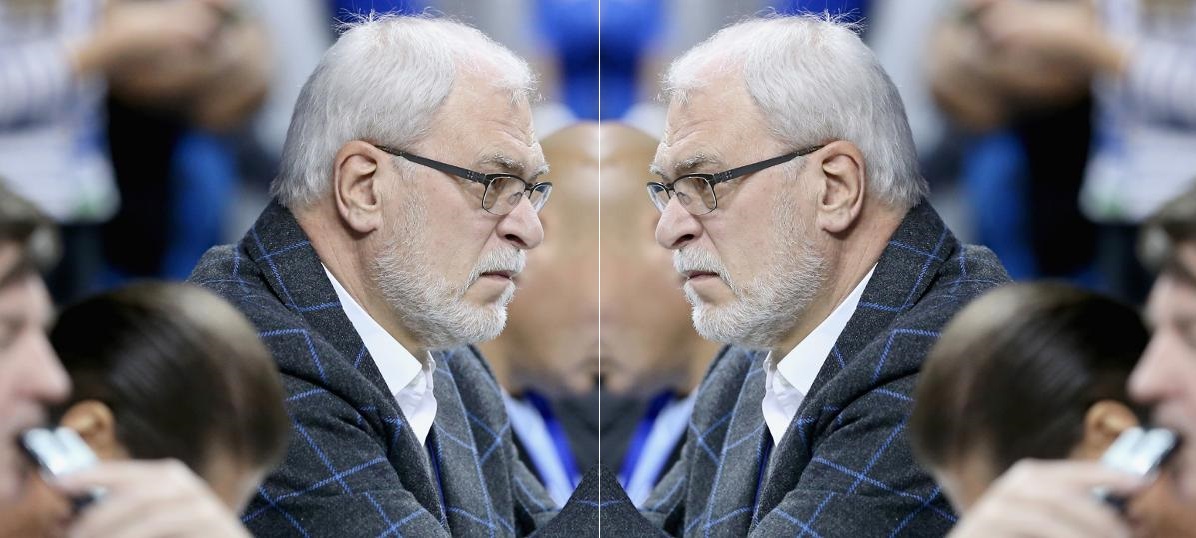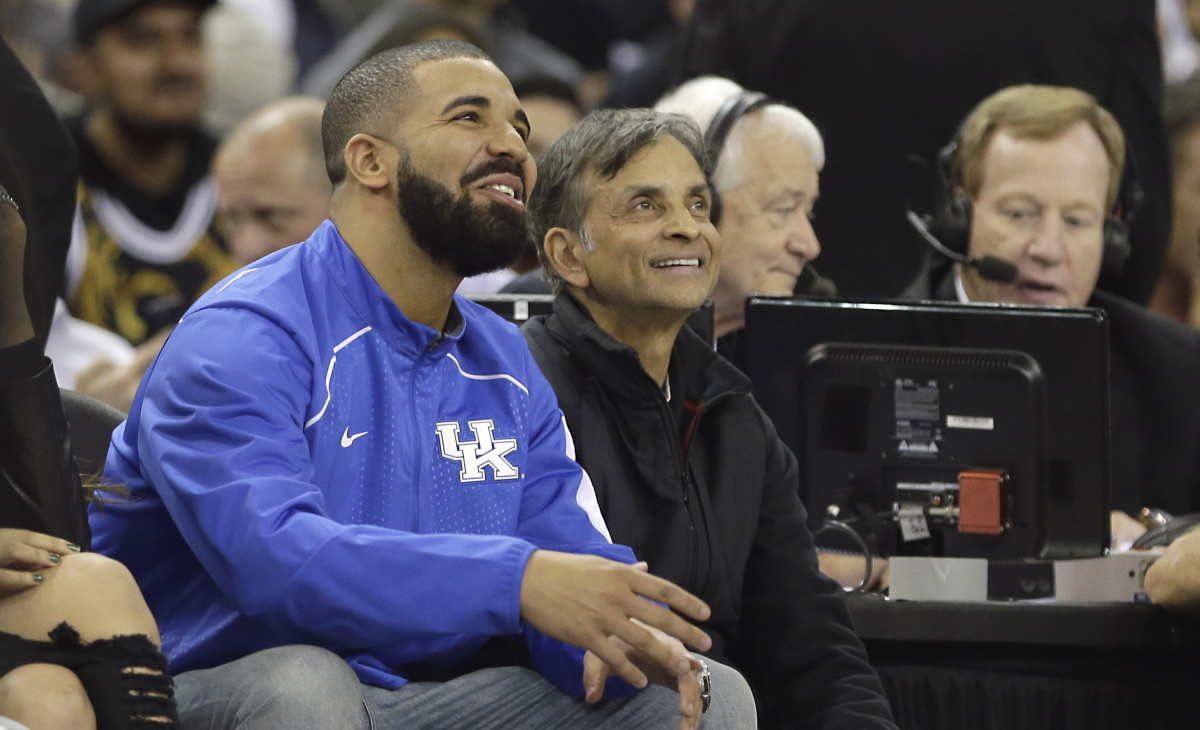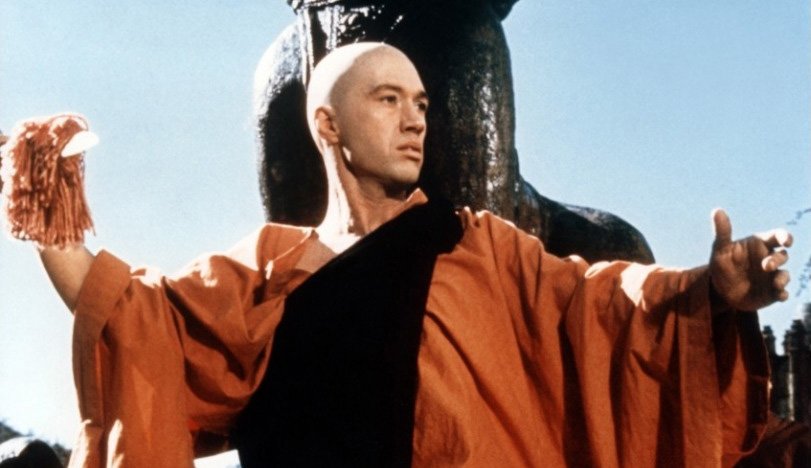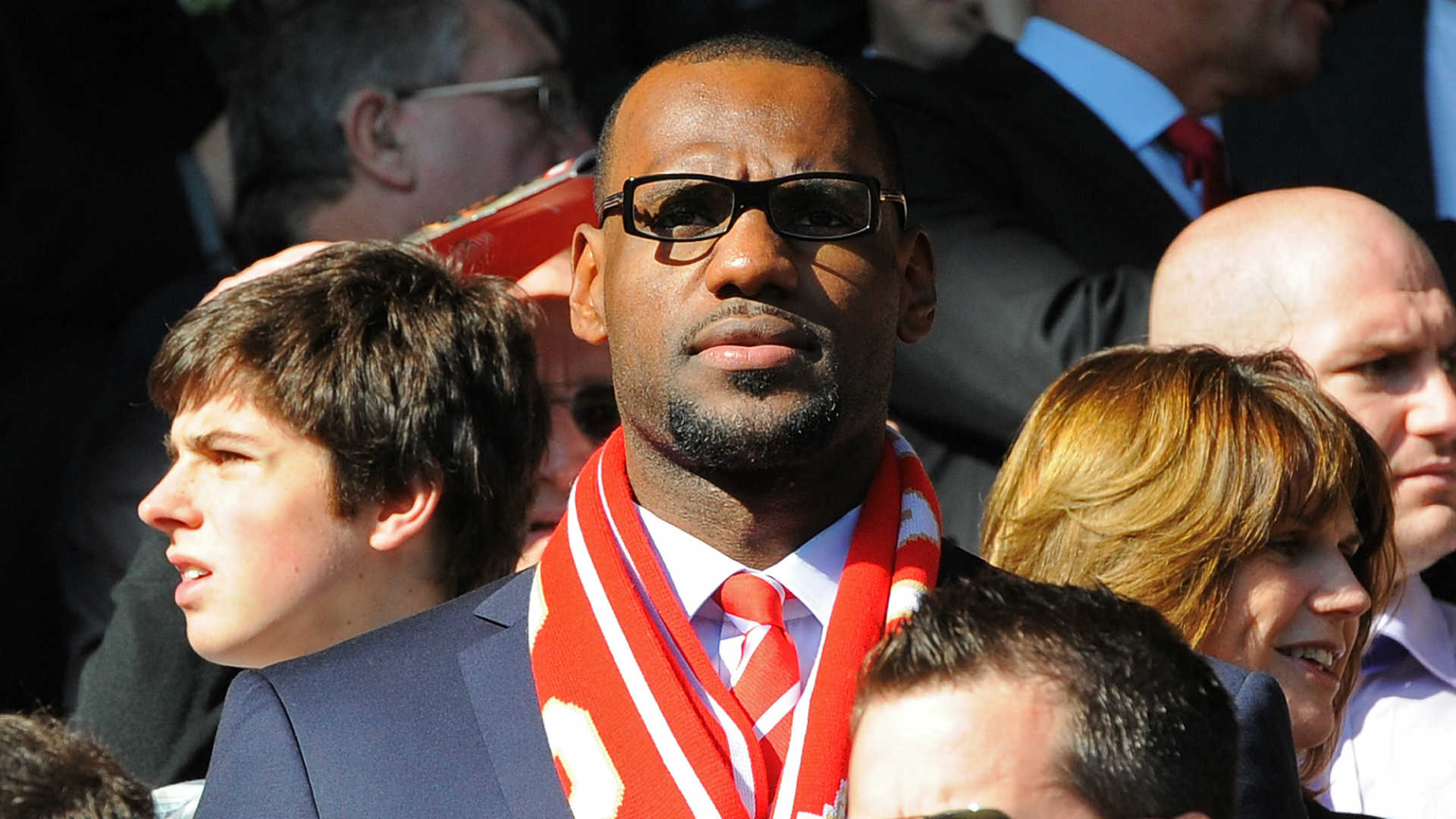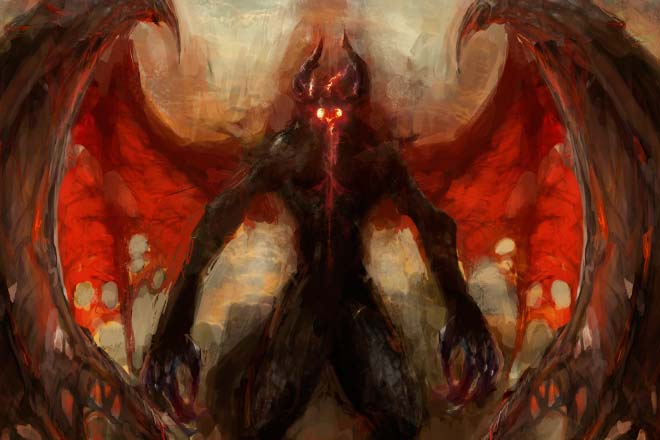Basketball, Hegemony, and the Central Intelligence Agency

The vast majority of professionals in the field of journalism share similar ideals of empiricism, objectivity, and neutrality. The problem is that these ideals as such, while most certainly worthwhile, can never be fully attained. One might even say that repeated and overconfident claims about their being easily attained every day does in certain respects do more harm than good, because they hide the contingent, socio-historically embedded nature of these truth-claims from critical scrutiny and invite excessive confidence in their universal validity. Is it possible to look well at anything at all if one does not choose a vantage point and maybe use some aids, such as binoculars or glasses, a telescopic lens or a microscope? These refract the light, place some things in the centre of our field of vision, and temporarily exclude others from it. I claim that it is not possible to maintain complete objectivity; only a certain degree of intersubjectivity is possible, but this intersubjectivity is always situated and shaped socio-historically. — Kyrie Irving
What is real, and whom can we trust?
When Kyrie Irving announced on a podcast earlier this month his belief that the earth is flat, he was widely ridiculed. John Chick speculated that Irving, like so many credulous Trump and “Brexit” voters, had fallen prey to the post-truth zeitgeist: seduced and corrupted by the myriad Kremlin-backed conspiracy blogs that saturate and pollute the web in 2017. These dangerous websites eschew journalistic orthodoxy (which is sober and rigorous!) in favour of sensational and incredible claims backed with little to no compelling evidence. Readers, we’re told, are thus free to indulge in whatever kind of false reality they wish.
The plot thickened somewhat over All-Star Weekend, however, as Irving subsequently implied that he was just fooling around in order to make a point about the absurdity of the news media, what audiences are prepared to believe of celebrities, and what journalists are prepared to report as meaningful news. This narrative was cemented when arch reptile Adam Silver stepped in and confirmed that, at least officially, Irving was indeed offering a critique of fake news.
Whether a discussion about so-called fake news was Irving’s sincere intention (it is after all perfectly plausible that he does believe in a flat Earth; thousands of people do, and their videos are, frankly, fascinating) or merely Adam Silver’s attempt at damage control is really not important. What is interesting is that this was not the only public statement against the supposed threat of fake news to issue from the NBA community this month.
On the first of February, Steve Kerr, Zach Lowe, and JJ Redick (among others) bragged to their Twitter followers that they had courageously paid for subscriptions to establishment garbage rags like the Washington Post and the New York Times, “because,” Kerr announced, “facts matter.” This was part of a campaign called #PressOn, a sort of synthesis of conspicuous consumption and online activism that requires participants to spend money on prestige news products (and post screenshots to prove it) in order to combat the apparent scourge of dubious alternative media outlets that supposedly swept Donald Trump to power. Now more than ever, these concerned citizens claim, we need to cultivate and support a robust free press capable of holding power to account!
But does pledging support for the New York Times differ in any meaningful way from vowing to buy more Starbucks coffee after the company cynically announced its intention to hire 10,000 refugees over the next five years? Like ethical consumerism, the #PressOn campaign encourages its participants to conceive of themselves not as active and engaged citizens, but primarily as consumers who affect change in the world simply by purchasing goods and services. Buying more Starbucks coffee simply encourages the company to commit more crimes; it serves as a sanitised substitute for useful actions like not buying Starbucks coffee.
But this is far from the only problem with #PressOn. Let us consider the papers in question, the New York Times and the Washington Post. These publications, according to obsequious liberal coward John Oliver, perform “actual journalism” and are desperately in need of your financial support! This is, of course, grossly inaccurate (more on that below), and the willingness of somebody like Zach Lowe (a journalist, technically) to endorse such a view suggests, at best, ignorance and naiveté.
To promote America’s corporate press in this way is not to take a defiant political stand, to breach the comfortable sports media bubble, as the lightweights of American sports journalism would have you and I believe. On the contrary, it betrays a desire to reconstruct that very bubble, to return to a world in which the horrific crimes of empire are not absent, but merely softened, made sufficiently palatable, by a charismatic and handsome president, and mediated by a credible paper of record.

News is a form of collective therapy. Possible threats to our world order and our world-views are evoked, identified, labelled, categorised, dealt with and dispatched again. For this purpose, journalists summon a daily parade of authorities and experts. They put our minds at rest, so that we can go to bed reassured. — Wilson Chandler
A charitable reading of this sudden compulsion to address the perceived rupture in America’s status quo (which is not really a rupture but an amplification/acceleration of existing patterns) would see it as a craven desire to retreat back into the cocoon of privilege, a longing for the freedom to disengage from political struggle—which is difficult, time-consuming, and often thankless—and inhabit once more the orderly and reassuring world sold by the Times and the Post. But it is precisely this urge that must be resisted. Those who only now see the US government for what it is, only when its leader is the grotesque personification of bourgeois America’s most vulgar excesses, must not turn back, but instead press on! Having finally arrived in reality, they must acquaint themselves with its permanent inhabitants—those who cannot afford to escape, who are offered no refuge in the parallel dimensions of the corporate media. All are welcome here, and we must work together towards something better.
Yet there is a further possibility lurking behind Lowe’s call to support the establishment press; something entirely more sinister. In order to understand what this is we must consider the sordid history of American news media and its relationship with US intelligence agencies.
Before that, however, I’d like to address the cultish liberal faith in the New York Times and the Washington Post, and the erroneous belief that these publications conduct “actual journalism,” that they are concerned with objective “facts,” and that they have a monopoly on “the truth.” To imply that any American news organisation—let alone ones as thoroughly compromised as the Times and the Post—will produce neutral reporting free of ideological baggage is laughable. Having monitored the fake news narrative for some months now, it has become apparent that there exists a great deal of confusion regarding what news is and how it is produced, so let’s get some things straight.
News—all news—is not what has happened. It is what someone says has happened (or will happen). Reporters are seldom in a position to witness events first-hand. They have to rely on the accounts of others. Readers, whether they are ESPN columnists or NBA coaches, tend to lose sight of the fact that news is not—is never—reality, but a sampling of sources’ portrayals of reality, mediated by news organisations[1]. To coordinate the activities of their staffs with a modicum of efficiency, newspapers can do little more than establish some standard operating procedures for sampling potential sources. Whatever procedure they adopt unavoidably biases their selection of content[2].
The professional insistence that objective journalism is desirable, and that objective determinations of newsworthiness are possible, arose during the nineteenth century as part of the sweeping intellectual movement towards scientific detachment and the culture-wide separation of fact from value. As an abstract ideal towards which one might strive, objectivity is useful. But to actually believe that such an ideal is realistic and within one’s grasp is the signature of bad journalism.

Many people think that the political mainstream of the West has no ideological views but only scientific ones, that only right-wing and left-wing ‘extremists’ in the First World have ideologies, as well as all those extremists in the Second and Third Worlds. This is the very hallmark of an effective ideology: that it is not recognised as an ideology at all, but is naturalised as common sense. It is impossible not to have an ideology: without it one could never find one’s place in the nation and society. — Draymond Green
These days, most Western media and news-gathering organisations are primarily run as businesses. That is to say, the owners expect a return on their investment. They want income up and costs down. They want advertisers pleased, major sources available, no libel suits from powerful individuals or institutions, no bothersome controversies. As a result, it is the public official who is the most frequently cited source of news: they are available, cooperative, and they invest reports with an air of authority and professionalism.
In his 1973 study Reporters and Officials: The Organization and Politics of Newsmaking, Lion Sigal analysed a representative sample of 2,850 domestic and foreign news stories that appeared in the New York Times and the Washington Post over a twenty-five year period. He discovered that public officials were the source of 78 per cent of those stories. According to Sigal,
as a consequence of reporters’ social location, newsgathering routines, and journalistic conventions, nearly half of the sources for all national and foreign news stories on page one of the New York Times and the Washington Post were officials in the United States government. Most transmitted information through routine newsgathering channels—press releases, conferences and official proceedings.
It should therefore come as no surprise to hear that the New York Times has supported every single US war for the past thirty years, and that Washington Post associate editor Karen DeYoung described her paper as “inevitably the mouthpiece for whatever administration is in power.” Indeed, the stenographers of American journalism want to honour the current political-economic system as a whole since their very power and prestige deeply presuppose that system. They are committed, like members of any other corporate elite, to their own particular economic and political advantage. As Todd Gitlin writes,
The news routines are skewed toward representing demands, individuals, and frames which do not fundamentally contradict the dominant hegemonic[3] principles: the legitimacy of private control of commodity production; the legitimacy of the national security State; the legitimacy of technocratic experts; the right and ability of authorized agencies to manage conflict and make the necessary reforms; the legitimacy of the social order secured and defined by the dominant elites; and the value of individualism as the measure of social existence. The news routines do not easily represent demands, movements, and frames which are inchoate, subtle, and most deeply subversive of these core principles. Political news is treated as if it were crime news—what went wrong today, not what goes wrong every day. A demonstration is treated as a potential or actual disruption of legitimate order, not as a statement about the world. The assumptions automatically divert coverage away from critical treatment of the institutional, systemic, and everyday workings of property and the state.
Every month, thousands upon thousands of people around the globe die unnecessarily due to poverty, but the major media do not paint this as an acute disaster which warrants immediate foregrounding. Rather, it is treated as a chronic situation which remains in the background. Preventable deaths from malnutrition and poverty are generally depicted as a fact of life, which is the fault or responsibility of no one in particular—not even those who could have done something about it. If these same poor people stage an armed rebellion, however, they are held responsible for the ensuing bloodshed. Of course, this view might well be defended; that is not the point. The point is that it is a view which is unnoticeably woven into the “neutral presentation” of “objective facts” in the world of news.
It is for this reason that so much of the current coverage regarding Tump is incoherent and facile. Trump didn’t appear out of nowhere: the material, cultural, and political conditions that enabled him to become president were left to fester for decades beyond journalistic scrutiny because they were both outside the scope of what papers like the New York Times and the Washington Post regard as newsworthy, and, moreover, because they cohere with the ideological stance of both editorial boards anyway. Only a fool or a propagandist would advocate looking to these papers for guidance.
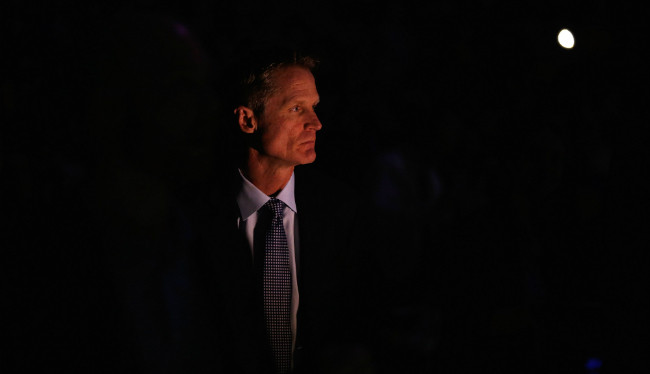
The first article of the Bill of Rights was placed there as a pledge of safety to the people, and therefore the primary obligation of the newspaper in general and of the reporter in particular is to the people. He does not owe that primary allegiance to his managing editor, or to his government, or to the sources of his information; he owes it to the people. — Steve Kerr
For proof of this we need only consider the recent output of these two papers. The Washington Post continues to assiduously promote the New Cold War narrative, while the New York Times, when it isn’t smearing millennials, is busy raising awareness about the very serious problems facing America’s billionaire class. In a recent op-ed, bourgeois pundit and partially preserved bog mummy David Brooks laments the death of the entrepreneurial spirit among today’s youth:
Americans used to be entrepreneurial, but there has been a decline in start-ups as a share of all business activity over the last generation. Millennials may be the least entrepreneurial generation in American history. The share of Americans under 30 who own a business has fallen 65 percent since the 1980s.
Since the 1980s, you say? Brooks concludes by implying that nobody has offered any alternative to capitalism, that there is no social movement with a compelling plan. “If Trump is not the answer,” he demands, “what is?” Indeed, maybe we just need to give Trump a chance!
In an article reminiscent of Catholic Vote’s infamous Not Alone advert, which tastelessly subverted the language of aggrieved victims in order to elicit sympathy for bigots, nonentity Sabrina Tavernise asks whether mean “liberals” are in fact helping Trump. Tavernise relates a series of chilling case studies, including a man struggling to get dates and a couple of old people who no longer want to watch Meryl Streep films. It certainly makes you think: who are the real fascists?
This is only the tip of the iceberg, however. Towards the end of the Vietnam War, US congressional committees launched several investigations into suspicions of repeated media manipulation by the CIA and the FBI. The official reports were censored (at the insistence of former CIA directors William Colby and George H. W. Bush, among others), but investigative journalists were nevertheless able to reconstruct the suppressed information.
The former Washington Post reporter Carl Bernstein wrote in Rolling Stone magazine (20 October 1977: 55–67) that “more than 400 American journalists” had “in the previous 25 years secretly carried out assignments for the Central Intelligence Agency.” This included only those who were specifically “tasked”—still more journalists “occasionally traded favours” with the agency. Media which knowingly cooperated, he said, included all major news agencies, AP, UPI, and Reuters; major daily newspapers such as the New York Times, the major Hearst and Scripps-Howard newspaper groups; both major news weeklies, Time and Newsweek; and all major broadcasting networks, ABC, CBS and NBC. Assignments ranged from spying to “planting subtly concocted pieces of misinformation.” After this publication, two reporters from the New York Times itself delved into the issue (New York Times, 25–27 December, 1977):
The CIA has at various times owned or subsidized more than 50 newspapers, news services, radio stations, periodicals and other communication entities … Another dozen foreign-based news organizations, while not financed by the CIA, were infiltrated by paid CIA agents. Nearly a dozen American publishing houses, including some of the most prominent names of the industry, have printed at least a score of more than 250 English-language books financed or produced by the CIA … Since the closing days of World War II, more than 30 and perhaps as many as 100 American journalists employed by a score of American news organizations have worked as salaried intelligence operatives while performing their reportorial duties … At one time, according to agency sources, there were as many as 800 such ‘propaganda assets’, mostly foreign journalists. Asked in an interview last year whether the CIA had ever told such agents what to write, William E. Colby, the former CIA director, replied: ‘Oh, sure, all the time’… Almost at the push of a button, or so Mr. Wisner [the first chief of the agency’s covert action staff] liked to think, the ‘Wurlitzer’ became the means of orchestrating, in almost any language anywhere in the world, whatever tune the CIA was in the mood to hear.
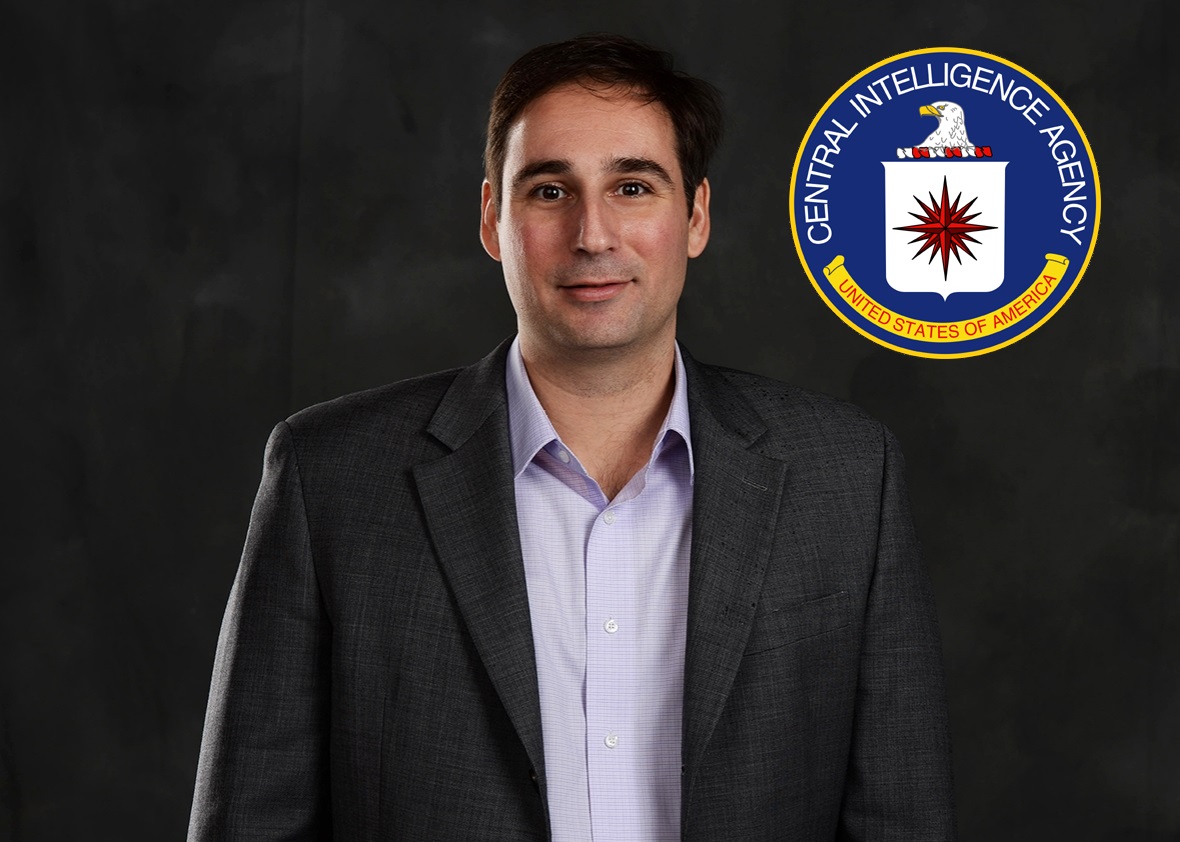
A journalist who is a leading expert on the Internet Research Agency claimed that some social media accounts that appear to be tied to Russia’s professional trolls—because they previously were devoted to supporting Russian actions in Ukraine—started to advocate for President-elect Trump as early as December 2015. The likely financier of the so-called Internet Research Agency of professional trolls located in Saint Petersburg is a close Putin ally with ties to Russian intelligence. — Zach Lowe
In the wake of these publications, official promises were made that such anti-democratic tampering would never be allowed to happen again (at least in America; media manipulation would of course have to continue abroad). However, during the Reagan and Bush presidencies (1980–92) the practice flourished once again. Successive American interventions in Cuba, Chile, Grenada, Nicaragua, and Panama were all preceded, accompanied, and followed by massive campaigns of media manipulation, as well as the allied intervention in the Gulf.
Are the CIA directly controlling the New York Times and the Washington Post today? Probably not. We have no way of knowing for sure. It is extremely unlikely that they do not exert at least some control, however.
Last month I borrowed John Amaechi’s argument that sports can serve as platforms for social change. This isn’t a particularly sophisticated idea, and the CIA—currently involved in a global culture war—is almost certainly aware of the potential power and reach of sports. Could they have infiltrated ESPN? I think the answer is obvious.
When he isn’t promoting the Washington Post, Zach Lowe busies himself by celebrating advanced stats and SportVU cameras, which, as I have demonstrated, are dangerous tools of capitalist oppression. I asked Lowe about his alleged CIA affiliation, but he did not return my tweet. I do not think it unreasonable to speculate that Lowe has indeed been hired as a kind of basketball Peter Pomerantsev, a friendly and relatable young face with credibility among educated “millennials” who can, by subtle means, help the CIA to promote the goals of empire through yet another channel.
To be continued.
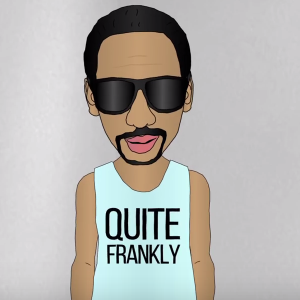
[1] Now, this is not to say that all news is entirely worthless, or that everything you read is a lie, or that people who read the New York Times and the Washington Post have necessarily been brainwashed. It is simply a reminder to be cautious and critical at all times. “The press is significantly more than a purveyor of information and opinion,” wrote Bernard Cohen in his 1963 study The Press and Foreign Policy. “It may not be successful in telling its readers what to think, but it is stunningly successful in telling its readers what to think about.”
[2] According to Johan Galtung and Mari Holmboe Ruge’s 1965 study The Structure of Foreign News, this unfolds in the following way: 1. The more events satisfy the arbitrary criteria for newsworthiness, the more likely that they will be registered as news (selection); 2. Once a news item has been selected what makes it newsworthy according to the arbitrary criteria will be accentuated (distortion); 3. Both the process of selection and the process of distortion will take place at all steps in the chain of news production, from event to reader (replication).
[3] Gramsci’s concept can be defined this way: hegemony is a ruling class’s (or alliance’s) domination of subordinate classes and groups through the elaboration and penetration of ideology (ideas and assumptions) into their common sense and everyday practice; it is the systematic (but not necessarily or even usually deliberate) engineering of mass consent to the established order. No hard and fast line can be drawn between the mechanisms of hegemony and the mechanisms of coercion; the hold of hegemony rests on elements of coercion, just as the force of coercion over the dominated both presupposes and reinforces elements of hegemony. In any given society, hegemony and coercion are interwoven. […]. Further, hegemony is, in the end, a process that is entered into by both dominators and dominated. Both rulers and ruled derive psychological and material rewards in the course of confirming and reconfirming their inequality. The hegemonic sense of the world seeps into popular ‘common sense’ and gets reproduced there; it may even appear to be generated by that common sense.
